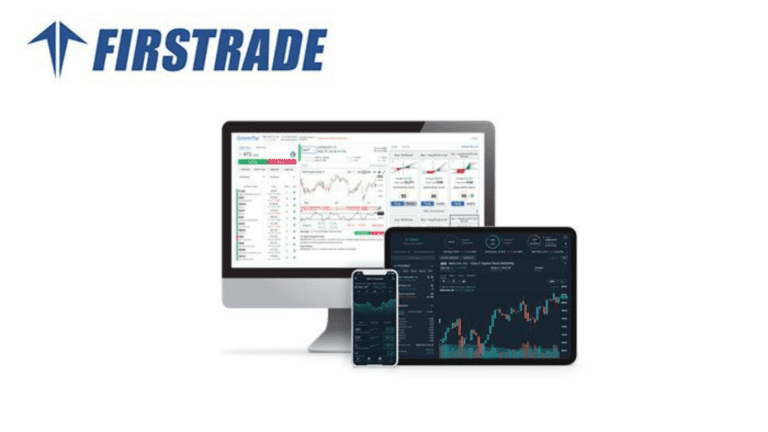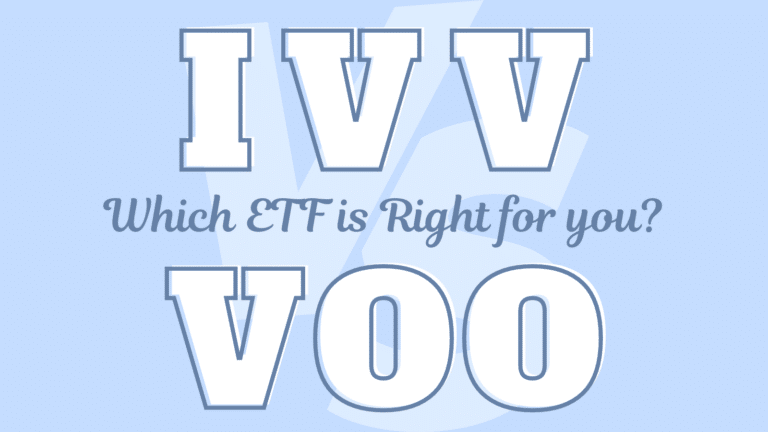The Two Methods in this Calculator:
Method 1: Market Capitalization / Total Net Earnings
Here’s a detailed explanation of the formula used in method 1 to calculate the P/E ratio:
P/E Ratio= Market Capitalization / Total Net Earnings
Where:
- Market Capitalization: It is the total market value of a company’s outstanding shares. We calculate it by multiplying the current stock price by the total number of outstanding shares.
- Total Net Earnings: These are the company’s total profits after deducting all expenses, taxes, and costs. It reflects the net income available to shareholders. You can find this figure in a company’s income statement.
The P/E ratio offers insights into a stock’s valuation. A high P/E might suggest that a stock is overvalued or investors expect high growth in the future. Conversely, a low P/E might indicate undervaluation or potentially lower growth expectations.
Method 2: Stock Price / Earnings Per Share
The second method for calculating the P/E (Price-to-Earnings) ratio uses the formula:
P/E Ratio= Stock Price / EPS
Where:
- Stock Price: This is the current market price of a single share of the company’s stock.
- Earnings Per Share (EPS): EPS is calculated by dividing the company’s total net earnings by the total number of outstanding shares. It represents the portion of a company’s profit allocated to each outstanding share of common stock.
P/E Ratio Calculation Example
Consider a practical example of calculating the P/E ratio using both methods. Assume there is a company called XYZ Corporation. Its current stock price is $50, with 10 million outstanding shares. The net earnings published in the company’s annual income statement last year were $25 million.
Using the method 1:
- Market Capitalization = $50 (Stock Price) × 10,000,000 (Shares) = $500,000,000
- Total Net Earnings = $25,000,000
- P/E Ratio = $500,000,000 (Market Cap) / $25,000,000 (Net Earnings) = 20
Using the method 2:
- Stock Price = $50 per share
- Earnings Per Share (EPS) = $25,000,000 (Net Earnings) / 10,000,000 (Shares) = $2.5 per share
- P/E Ratio = $50 (Stock Price) / $2.5 (EPS) = 20
Both methods should yield the same P/E ratio. The P/E ratio of 20 in this example means that investors are willing to pay $20 for every $1 of earnings.
Our P/E ratio calculator offers a quick way to evaluate if a stock is potentially over or undervalued relative to its earnings, aiding investment decisions.









